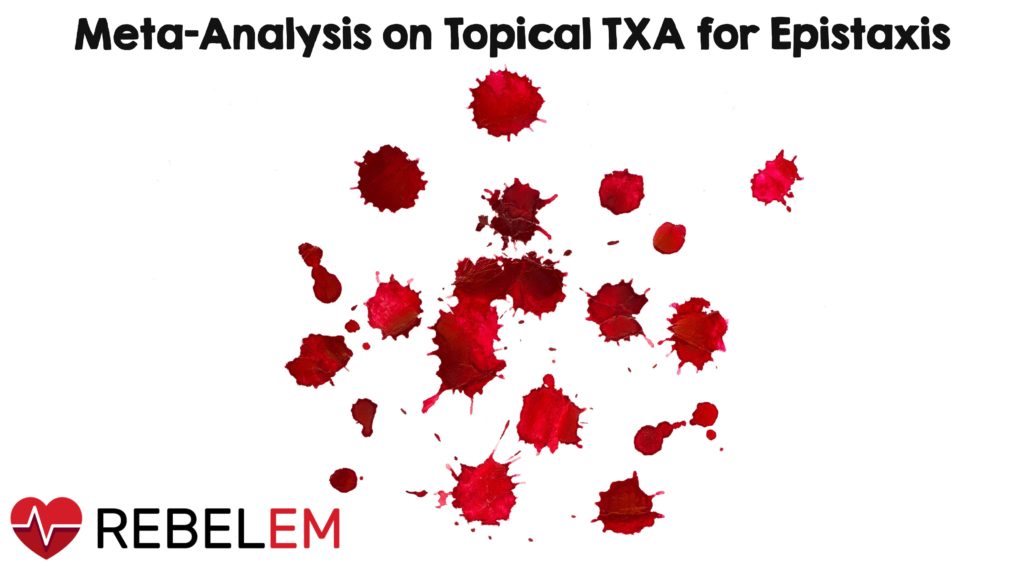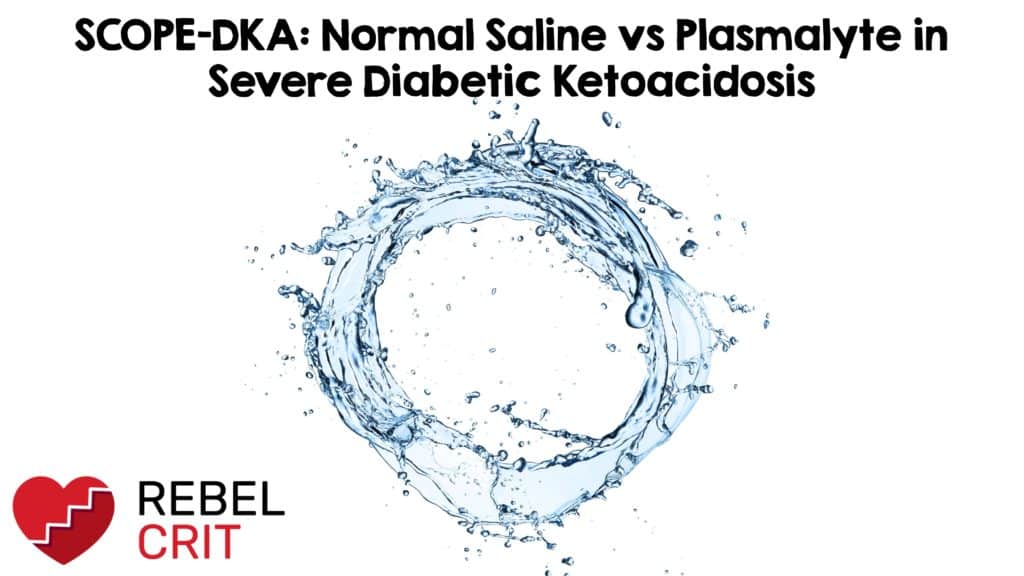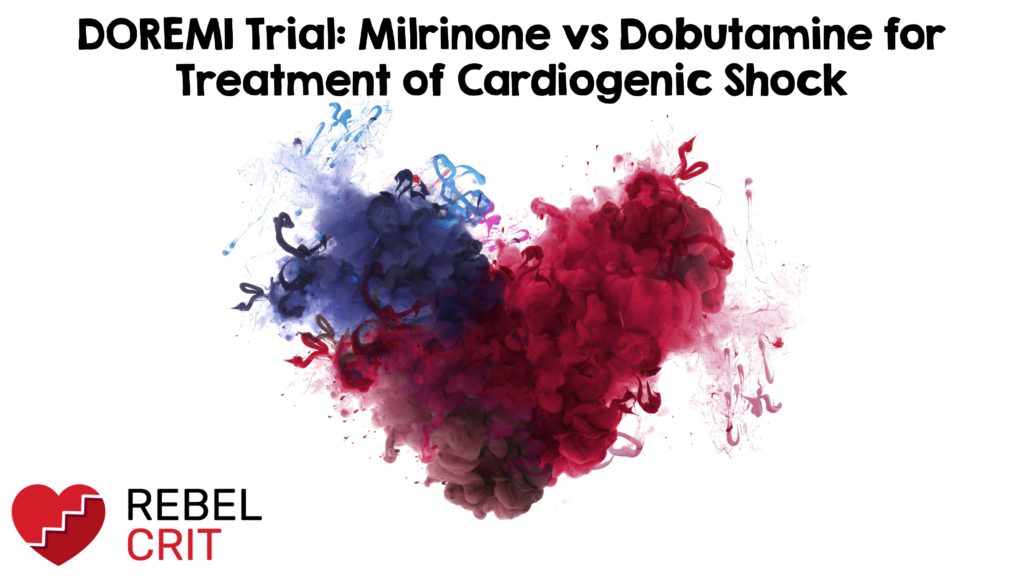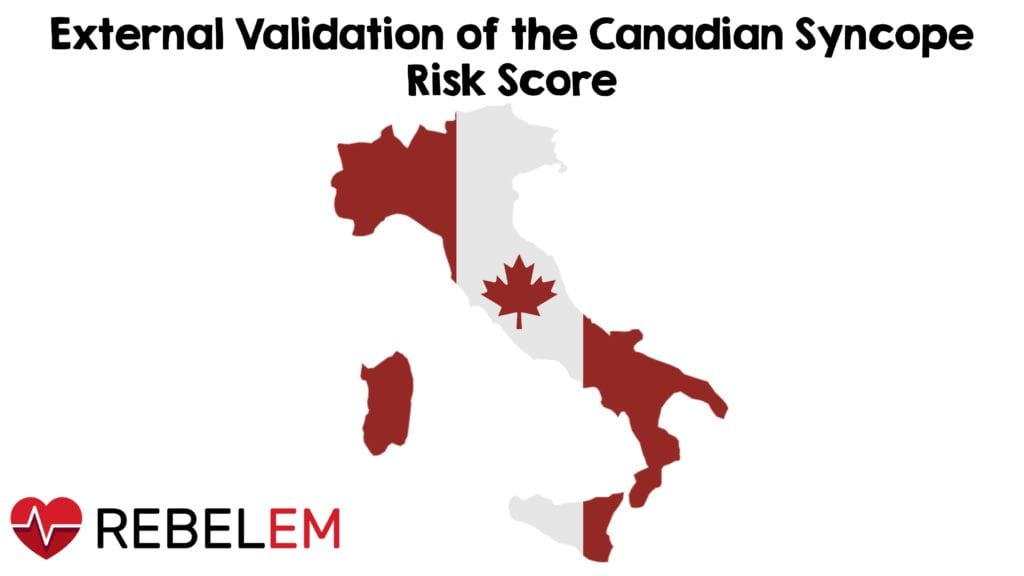Meta-Analysis on Topical TXA for Epistaxis
Background Information: Epistaxis management in the emergency department has historically included topical vasoconstrictors, local anesthetics such as oxymetazoline and phenylephrine and topical fibrinolytic agents such as Tranexamic Acid (TXA). When these topical agents fail, packing, chemical cauterization or surgical ligation …








